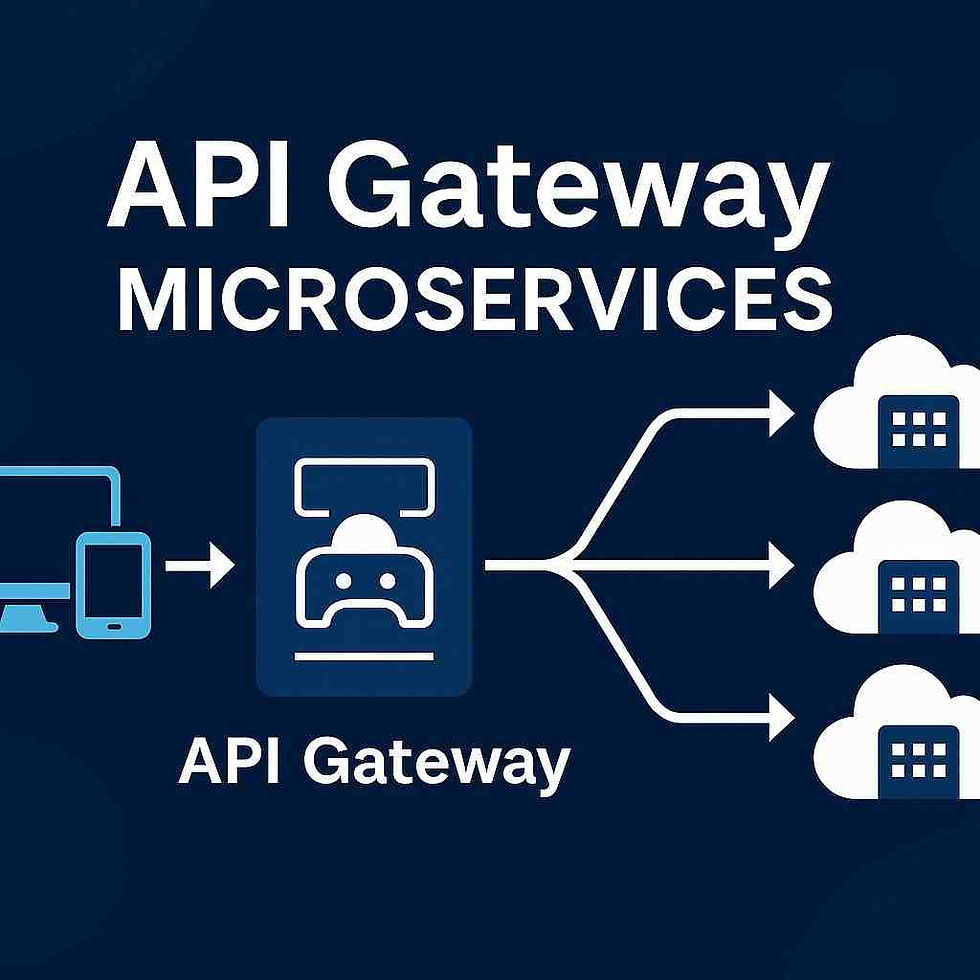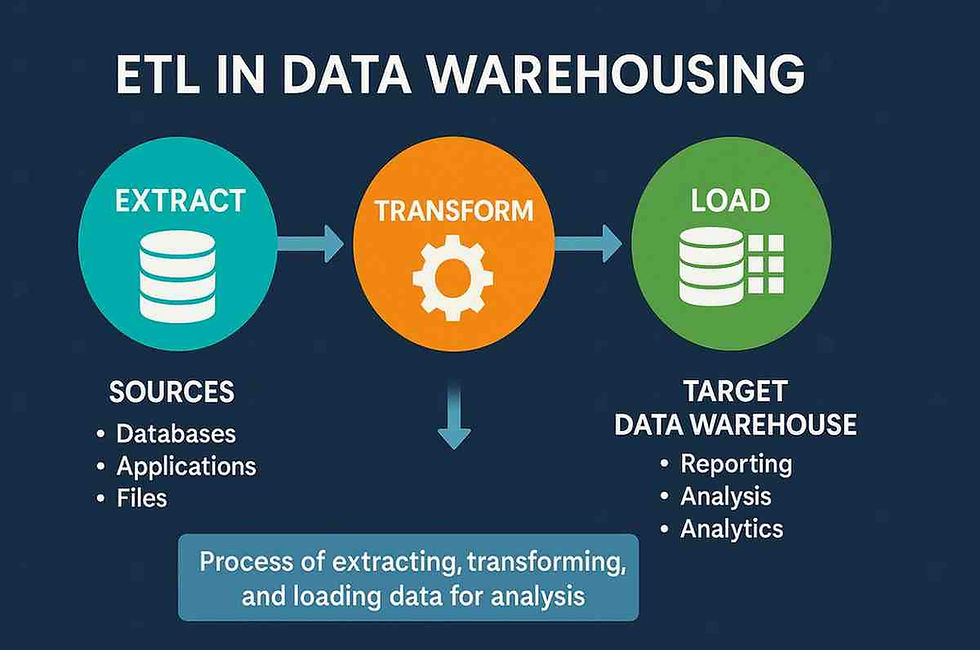OpenAPI Generator: Guide to API Automation & Documentation
- Gunashree RS
- Oct 25, 2024
- 6 min read
Introduction
In today’s connected digital world, Application Programming Interfaces (APIs) are indispensable for software to communicate efficiently across platforms. Building APIs is only one part of the process—the other essential part is thorough and consistent documentation. OpenAPI Generator is an open-source solution that simplifies API development by generating client libraries, server stubs, and documentation from an OpenAPI specification. This article explores the capabilities of the OpenAPI Generator, how it integrates with tools like Apidog, and how it can improve your API development.
What is an OpenAPI Generator?
OpenAPI Generator is a powerful tool that automates the process of generating clients, server stubs, and documentation from an OpenAPI specification. OpenAPI is a widely adopted format for machine-readable files describing the structure, endpoints, and responses of RESTful APIs. It enables developers to seamlessly integrate their code with other applications that follow OpenAPI documentation standards.
With OpenAPI Generator, you can use a single OpenAPI specification file to generate client libraries for different programming languages, build server stubs to handle requests, and produce high-quality documentation that ensures users and developers understand the API’s functionality. This all-in-one approach enables a more streamlined development process and minimizes the potential for inconsistencies.

Key Features and Benefits of OpenAPI Generator
The OpenAPI Generator tool includes several features that make it a valuable asset in API development, particularly for developers working with RESTful APIs. Here’s a breakdown of its standout features:
1. Automatic Code Generation for Clients and Servers
OpenAPI Generator allows you to automatically generate both client libraries and server stubs from a single OpenAPI document. This feature supports over 50 client-side languages and frameworks, such as Python, JavaScript, Ruby, Java, C#, and Swift. For server-side languages, it supports over 40 options, including Go, PHP, and Kotlin.
Client Code Generation: Ideal for building client-side applications that need to communicate with APIs.
Server Stub Generation: Generates server code that processes client requests and sends appropriate responses.
2. Documentation Creation
OpenAPI Generator supports several documentation formats, such as HTML and Cwiki, making it easy to distribute and reference documentation. It also enables customization to tailor documentation to specific user requirements.
Structured API Documentation: Generated documentation is well-organized, making it easier for developers to understand the API’s capabilities.
3. Integration with API Development Workflows
OpenAPI Generator is well-suited for both code-first and API-first development methodologies. Whether you’re designing your API from the ground up or implementing a pre-existing codebase, OpenAPI Generator offers flexibility.
OpenAPI Generator: Client-Side vs. Server-Side Code Generation
Understanding the difference between client-side and server-side code generation is crucial in API development. OpenAPI Generator provides tailored tools for each:
Aspect | Client Generators | Server Generators |
Purpose | Generates client-side code for interacting with the server. | Generates server code for processing client requests. |
Benefits | Ensures consistent client functionality and efficiency. | Provides a structured, maintainable server architecture. |
Example Use Case | Displaying real-time data in a weather app interface. | Fetching and serving data to client applications. |
Supported Languages | Python, Java, JavaScript, Ruby, Swift, etc. | Java, Kotlin, PHP, Go, Python, and more. |
Whether you need client code to communicate with APIs or server stubs to handle API requests, OpenAPI Generator’s versatility can meet both needs, enabling efficient API design.
Swagger Codegen vs. OpenAPI Generator: Key Differences
Swagger Codegen and OpenAPI Generator share a similar foundation, but they diverge in scope and flexibility:
Swagger Codegen is the original tool for generating code based on an OpenAPI specification, backed by SmartBear Software. It’s ideal for basic API documentation and development.
OpenAPI Generator is a community-driven fork of Swagger Codegen, created to expand the tool’s functionality. It supports more programming languages, offers greater flexibility, and has a robust community that frequently contributes updates and enhancements.
OpenAPI Generator’s greater language support and customization options make it ideal for developers needing adaptable, scalable API development solutions.
API Development Approaches: Code-First vs. API-First Methodologies
Code-First Development
With code-first development, developers write the software code before generating the API specification. While this approach suits developers who prioritize coding directly in their preferred language, it often requires additional steps to maintain synchronized documentation.
Example: A Python developer creates a REST API with Flask and generates the OpenAPI specification from the code.
python
from flask import Flask, jsonify
app = Flask(__name__)
@app.route('/hello', methods=['GET'])
def hello_world():
return jsonify(message='Hello, World!')
if name == '__main__':
app.run(debug=True)API-First Development
In an API-first approach, the API specification is developed before the code, ensuring that the documentation remains synchronized with the implementation. OpenAPI Generator complements this methodology by allowing developers to generate code from a single, cohesive API specification file.
Example Command for Generating Server Stubs:
bash
openapi-generator generate -i hello.yaml -g python-flask -o /tmp/testThis approach ensures the code implementation is in line with the API’s requirements, reducing potential errors and creating a reliable, contract-first API.
Leveraging Apidog with OpenAPI Generator
Apidog enhances OpenAPI Generator by providing a graphical interface for creating, testing, and managing API code. Here’s how Apidog complements OpenAPI Generator:
User-Friendly Interface: Apidog allows developers to visually create API specifications, reducing the need to manually write YAML or JSON files.
Streamlined Testing and Debugging: Apidog offers an integrated testing environment, allowing developers to ensure the API performs as expected.
Customization During Code Generation: Apidog provides customization options, allowing developers to tailor their generated code to specific project needs.
The combination of OpenAPI Generator and Apidog offers a powerful, versatile environment that accelerates the API development cycle.
Creating an OpenAPI Specification with Apidog
Using Apidog, you can create and import OpenAPI specifications effortlessly:
Download Apidog: Visit the Apidog website to download the latest release.
Create an OpenAPI Specification: You can use Apidog’s interface to create a new specification or import a pre-existing one.
Example of an OpenAPI Specification:
yaml
openapi: "3.0.0"
info:
version: 1.0.0
title: Simple API
paths:
/users:
get:
summary: Returns a list of users
responses:
'200':
description: A list of usersImport to Apidog: After creating the specification, import it into Apidog to review, test, and modify as needed.
Generating Code with Apidog and OpenAPI Generator
With Apidog’s interface and OpenAPI Generator’s engine, you can initiate client and server code generation effortlessly. Here’s how:
Open the API Page in Apidog: Access the API list within Apidog and select the API you want to work with.
Generate Code: Click the "Generate Code" button and select the "Generate Server Stubs & Client SDKs" option.
Download the Code: After customization, download the generated code and integrate it into your project.
Exporting OpenAPI Generator Code to Flask
To integrate generated code into a Flask application:
Choose Code Generation Language: Select Python as the target language in Apidog for Flask compatibility.
Download and Extract the Code: Save the generated code, which will include API definitions, models, and basic implementations.
Integrate into Flask: Incorporate the code into your Flask project, ensuring any additional functionality aligns with the predefined API structure.
Conclusion
OpenAPI Generator is a comprehensive tool that automates the creation of client libraries, server stubs, and documentation from a single OpenAPI specification. When combined with tools like Apidog, OpenAPI Generator becomes even more powerful, enabling developers to streamline API development from design to deployment. Whether you’re a seasoned developer or a newcomer to API design, the OpenAPI Generator offers an invaluable set of features that help you create, document, and maintain high-quality APIs efficiently.
Key Takeaways
OpenAPI Generator automates API client and server code generation.
Supports over 50 languages for client code and 40+ for server code.
API documentation is automatically generated in readable formats.
Works well with both code-first and API-first development approaches.
Apidog complements OpenAPI Generator with a user-friendly interface and enhanced testing capabilities.
Frequently Asked Questions (FAQs)
1. What is the OpenAPI Generator?
OpenAPI Generator is an open-source tool that generates API client libraries, server stubs, and documentation from OpenAPI specifications.
2. How does OpenAPI Generator differ from Swagger Codegen?
OpenAPI Generator is a community-driven fork of Swagger Codegen with additional language support, customization, and flexibility.
3. What languages does OpenAPI Generator support for code generation?
It supports over 50 languages for client-side code and 40+ for server-side code, including Python, Java, Ruby, JavaScript, Go, PHP, and Swift.
4. What is Apidog, and how does it complement OpenAPI Generator?
Apidog is a platform that simplifies API management and testing, making it easier to generate and modify API code with a graphical interface.
5. Can OpenAPI Generator be used for both API-first and code-first development?
Yes, OpenAPI Generator supports both methodologies, making it suitable for a range of API development processes.
6. How do you use OpenAPI Generator with a Flask application?
By generating Python code and server stubs through OpenAPI Generator or Apidog, you can integrate the generated code into a Flask application.
7. What documentation formats does OpenAPI Generator support?
OpenAPI Generator supports HTML and Cwiki formats, among others, ensuring accessible and well-structured documentation.
8. Is OpenAPI Generator free to use?
Yes, OpenAPI Generator is an open-source project, available for free with contributions from a dedicated community of developers.




Comments